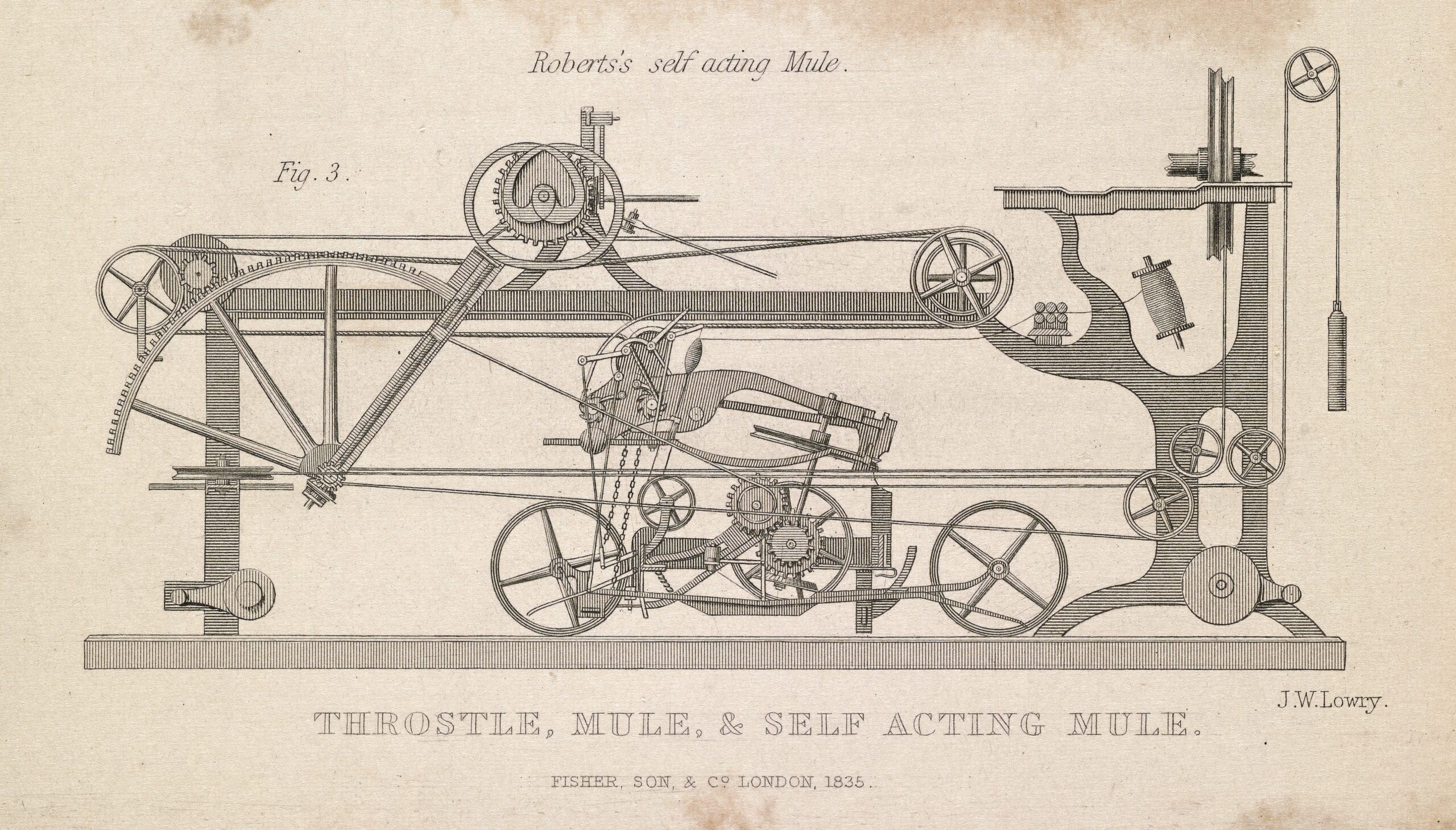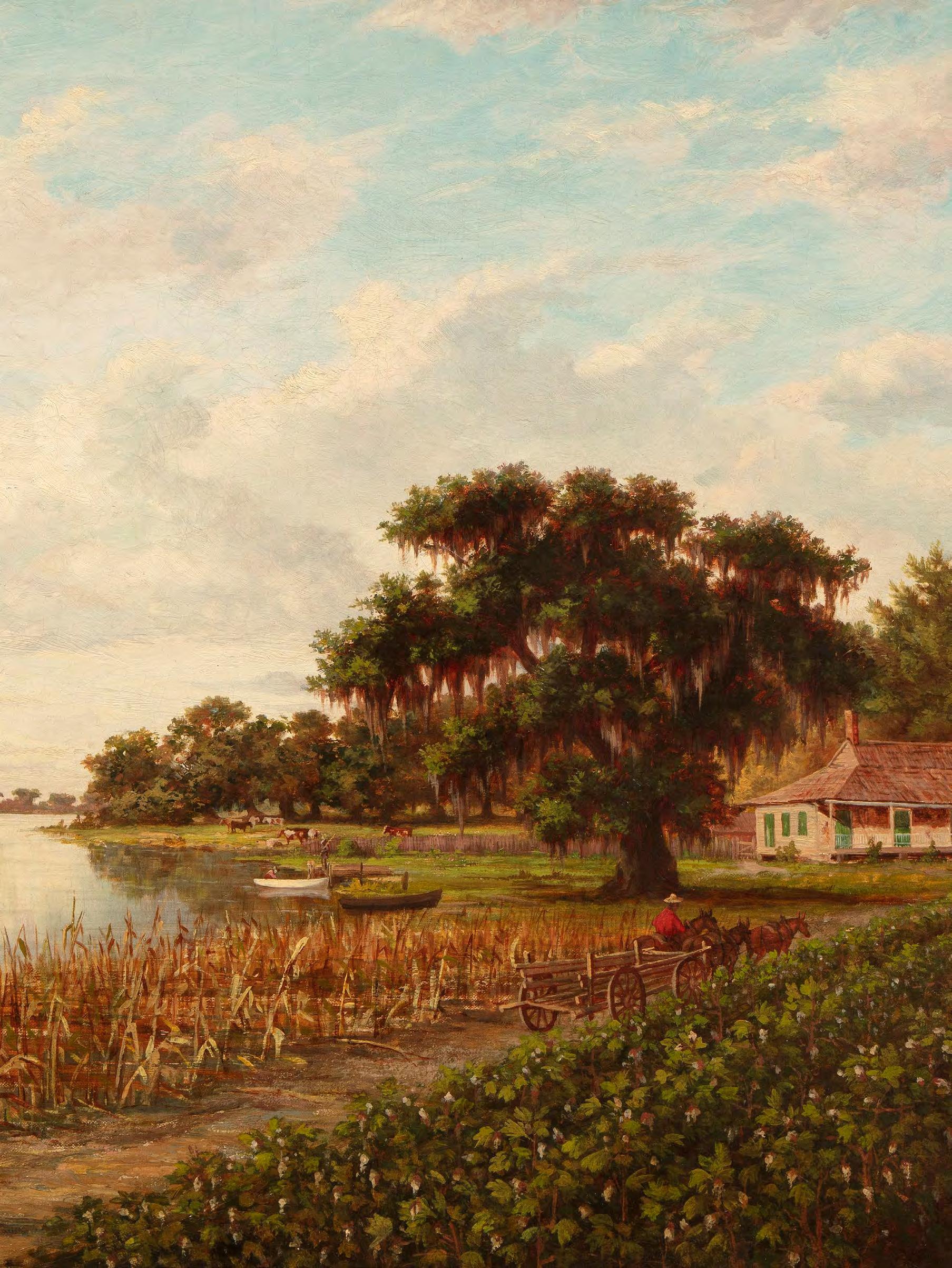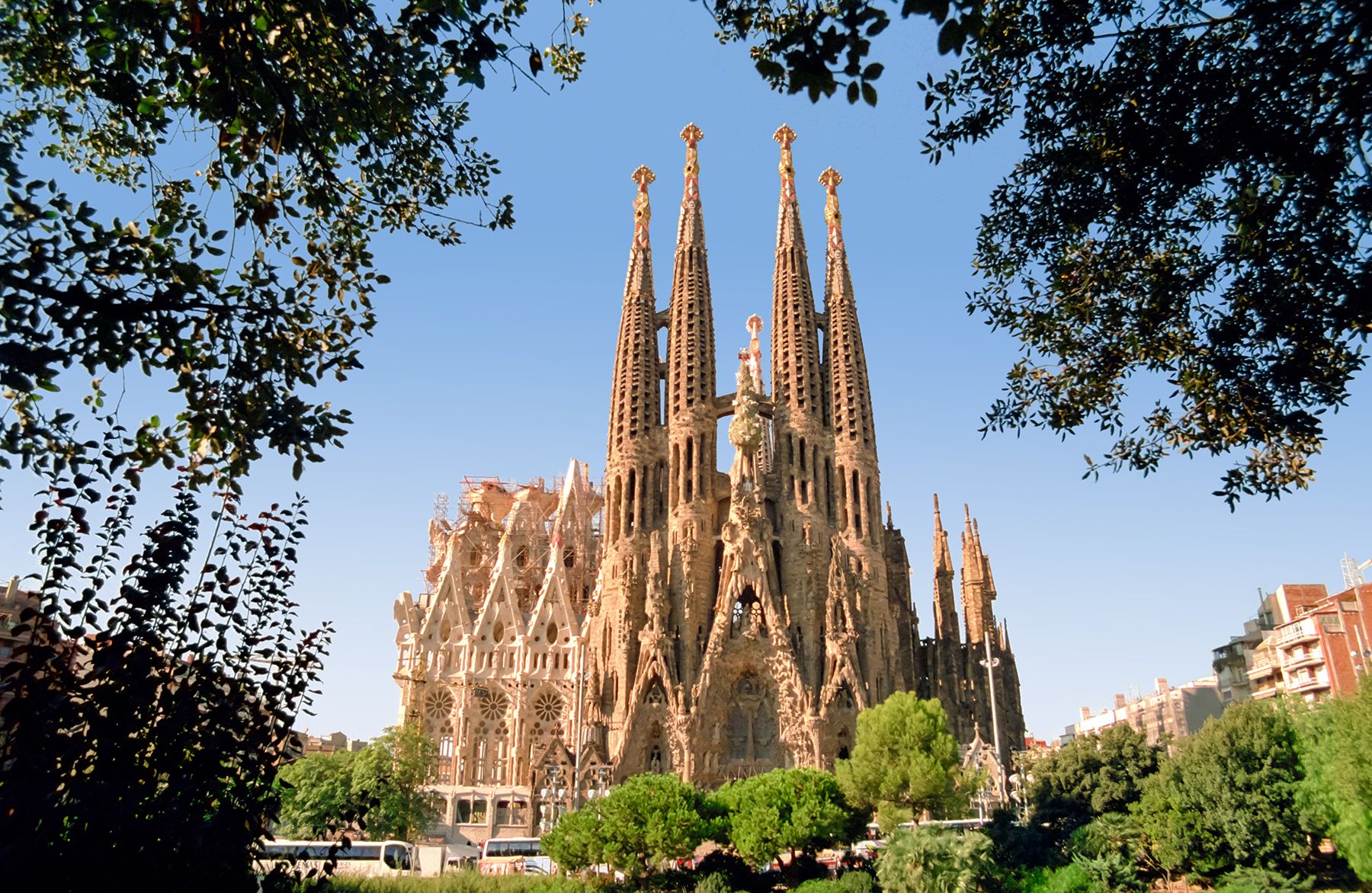Welcome to 19th Century, where we delve into the vibrant history of an era defined by its elegance and grace. Join us as we explore the delightful world of 19th century picnics, inviting you to relish in the charm of outdoor gatherings filled with delectable treats, socializing, and a touch of whimsy.
Unraveling the Charm and Tradition of 19th Century Picnics: A Glimpse into the Leisure Activities of yesteryears
Unraveling the Charm and Tradition of 19th Century Picnics: A Glimpse into the Leisure Activities of yesteryears in the context of 19th century.
The 19th century was a time of immense change and growth, particularly in the realm of leisure activities. Amidst the industrial revolution and rapid urbanization, people sought solace in nature and embraced the concept of picnics. These outdoor gatherings became a cherished pastime, offering an escape from the hustle and bustle of city life.
Charm and elegance were at the heart of 19th century picnics. Participants would carefully select their attire, often opting for fashionable dresses and suits, accentuated with bonnets and parasols. The objective was not only to enjoy the scenic beauty but also to showcase one’s social status and refinement.
The traditions associated with 19th century picnics were intricate and carefully observed. The process of planning and executing a picnic was a well-orchestrated affair, involving meticulous attention to detail. From selecting the location, preparing the food, and arranging the entertainment, every aspect was thoughtfully considered.
Food played a central role in these gatherings, with elaborate menus comprising an assortment of dishes. Popular items included cold meats, sandwiches, salads, pies, and desserts. Beverages such as lemonade, punch, and wine were also common. The emphasis was on creating a lavish spread that would impress the attendees.
Picnics were not just about food and drinks; they were a platform for socializing and engaging in leisurely activities. Music, dancing, and games were often organized to entertain the guests. Croquet, archery, and lawn tennis were some of the popular recreational choices during this period. These activities added an element of fun and camaraderie to the picnic experience.
The charm and tradition of 19th century picnics are still celebrated today, albeit with some modern adaptations. While the fashion may have changed, the essence of these gatherings remains the same – a chance to reconnect with nature and enjoy quality time with loved ones.
19th century picnics were a delightful blend of charm, tradition, and leisure activities. They provided an escape from the fast-paced urban lifestyle and offered an opportunity to embrace nature’s beauty. The meticulous planning, extravagant menus, and engaging entertainment made these gatherings a cherished pastime for individuals of all social classes.
You’re a Princess Dreaming in the Palace Garden | a playlist
What Medieval Junk Food Was Like
What were the food options at 19th century picnics?
In the 19th century, picnic food options varied depending on the social class and location. However, some popular choices included cold meats such as roast beef and ham, sandwiches filled with cheese or chicken, assorted pickles, and fresh bread. Cold poultry such as chicken or turkey was also commonly served. Additionally, salads made with vegetables or fruits were popular sides. Cold pies, especially fruit pies like cherry or apple, were a sweet treat often enjoyed at picnics. Fresh fruits such as strawberries, oranges, and grapes were common, as were nuts and sweet biscuits. In terms of beverages, lemonade, iced tea, and fruit punches were preferred choices. It’s important to note that the availability of these foods could vary depending on the region and season.
What exactly is a Victorian picnic?
A Victorian picnic refers to a social gathering or outdoor event that took place during the Victorian era in the 19th century. It was a popular leisure activity among the upper and middle classes of society, providing an opportunity for people to socialize, enjoy nature, and partake in various forms of entertainment.
The preparation: Planning a Victorian picnic involved careful attention to details. Elaborate preparations were made, including selecting a suitable location, often in picturesque countryside settings or parks. The host or hostess would coordinate with guests, usually through formal invitations, specifying the date, time, and dress code for the occasion.
The attire: Proper attire was an essential aspect of a Victorian picnic. Women would typically wear long dresses made of lightweight fabrics, accessorized with hats, gloves, and parasols to protect them from the sun. Men would wear suits or formal attire, often including top hats and walking sticks.
The food: The food served at Victorian picnics was generally abundant and indulgent, reflecting the opulent tastes of the era. Cold dishes such as roasted meats, poultry, sandwiches, salads, pies, and pastries were common choices. Fruits, cheese, and biscuits were also included. Champagne, wine, and lemonade were popular beverages, served in elegant glassware.
The activities: Victorian picnics were not simply about eating; they were occasions for various outdoor activities and entertainment. Croquet, archery, lawn tennis, and boating were popular pastimes. Music and dancing were also enjoyed, with some picnics featuring live bands or orchestras. Books, cards, and board games were often brought along for more leisurely enjoyment.
The decor: Picnic sites were often decorated with elaborate floral arrangements, tablecloths, and fine chinaware. Some hosts even brought along folding tables and chairs for a more formal dining experience. Parasols and awnings were utilized to create shaded areas, offering protection from the sun.
The etiquette: Victorian picnics followed strict social etiquette. Men were expected to assist ladies in setting up the picnic area and serve food. Conversations were to be polite and engaging, and proper table manners were observed while dining.
Overall, a Victorian picnic was a grand affair, showcasing elegance, refinement, and communal enjoyment. It provided an opportunity for people to escape the confines of city life and immerse themselves in nature, socializing with friends, family, and acquaintances of similar social status.
What was eaten at the picnic?
At a picnic in the 19th century, the food menu typically consisted of a variety of dishes. Traditional picnic fare included cold meats such as ham, chicken, and roast beef, often sliced thinly and served with crusty bread or rolls. Sandwiches were also a common choice, filled with ingredients like smoked salmon, cucumber, cheese, or egg salad.
Vegetables such as pickles, radishes, and celery were commonly served as accompaniments. Fresh fruits like melons, berries, and grapes were popular options for a sweet treat during a picnic.
Various types of baked goods and pastries were also present, including pies, tarts, and cakes. These could be made with seasonal fruits or nuts. Scones, biscuits, and cookies were other common choices.
Drinks at picnics during the 19th century often included lemonade, ginger beer, and fruit punches. Alcoholic beverages like wine or champagne might have been enjoyed by adults.
It is worth noting that the specific food items at 19th-century picnics would vary depending on the region, social class, and individual preferences.
What was the popular cuisine during the 19th century?
The popular cuisine during the 19th century exhibited a variety of culinary styles around the world. In Europe, French cuisine held significant influence, characterized by elaborate dishes and decadent flavors. The use of butter, cream, and rich sauces was prominent in French cooking, reflecting a sense of luxury and indulgence.
In America, the 19th century saw the emergence of regional cuisines as well as the incorporation of immigrant influences. Native American, African, and European traditions blended to create a diverse culinary landscape. In the Southern United States, soul food became popular, with dishes like fried chicken, collard greens, and cornbread symbolizing African-American culinary heritage.
During the Victorian era in England, the upper class embraced formal dining rituals and extravagant feasts. Traditional British dishes like roast beef, Yorkshire pudding, and fish and chips remained popular, but new culinary trends from abroad also gained traction.
In Asia, traditional cuisines continued to flourish, with Chinese, Indian, and Japanese culinary traditions evolving throughout the century. Chinese cuisine, for example, was heavily influenced by regional styles such as Cantonese, Szechuan, and Hunan. India, known for its rich spices, developed diverse and complex dishes that showcased the country’s culinary prowess.
Overall, the 19th century saw a blending of old and new culinary styles, reflecting the changing cultural landscape and the increasing interconnectedness of the world.
Frequently Asked Questions
What types of food were typically served at 19th century picnics?
In the 19th century, picnics were popular social events and the types of food served often reflected the culinary preferences of the time.
Picnics during this era usually featured a variety of dishes that were meant to be shared and enjoyed outdoors. Some common foods found at 19th-century picnics included:
1. Cold roasted meats: Roasted chicken, beef, and ham were popular choices for picnics. These meats were often cooked and served cold, making them easy to transport and enjoy.
2. Sandwiches: Sandwiches were a staple of 19th-century picnics. Popular fillings included sliced meats, such as ham or roast beef, alongside condiments like mustard or pickles. Bread used for sandwiches was typically white or brown, without crusts.
3. Pies: Fruit pies, especially apple and cherry, were commonly found at picnics. These pies were often made with a flaky pastry crust and filled with sweetened fruit.
4. Cold salads: Salads made with various vegetables and dressed with vinaigrettes or mayonnaise were also common. Potato salad, coleslaw, and mixed green salads were popular choices.
5. Cold desserts: Jellies, custards, and puddings were popular treats at 19th-century picnics. These desserts were often served cold and could be easily transported in jars or individual cups.
6. Fresh fruits: Fruits like strawberries, oranges, and grapes were enjoyed as refreshing snacks at picnics. They were typically packed whole or pre-sliced and displayed attractively on platters.
7. Beverages: Lemonade, punch, and various types of tea were commonly served as refreshments. Alcoholic beverages, such as wine or beer, were sometimes included as well.
It’s important to note that the availability of certain ingredients and the specific preparation methods varied depending on the region and social status of the picnic-goers. Nonetheless, the items mentioned above give a good idea of the types of food that were typically enjoyed during 19th-century picnics.
How did picnics in the 19th century differ from picnics today?
In the 19th century, picnics differed significantly from picnics today. Firstly, the social dynamics surrounding picnics were quite different. Picnics during this time were considered more formal and structured affairs, often organized by wealthy families or social clubs. They were seen as opportunities for socializing and networking among the upper classes.
The food served at 19th-century picnics was also distinct. These picnics would feature elaborate spreads with a wide variety of dishes, including cold meats, sandwiches, pies, pastries, and desserts. The food was prepared in advance by domestic staff or caterers and transported to the picnic location in hampers or specially designed picnic baskets.
The attire for picnics in the 19th century was much more formal than what we see today. Men would typically wear suits or jackets and ties, while women wore long dresses or skirts with bonnets or wide-brimmed hats. This reflected the societal norms and expectations of the time, as formal dress was expected for most social occasions.
Furthermore, the locations chosen for picnics in the 19th century were often more picturesque and secluded. Families and social groups would venture to parks, gardens, or countryside areas, where they could enjoy nature and escape the bustling cities. These locations were carefully selected for their scenic beauty and tranquility.
Lastly, the entertainment during 19th-century picnics was quite different from modern picnics. Musical performances, dancing, and lawn games like croquet or lawn tennis were popular forms of amusement during these events. Attendees would participate in these activities as a way to engage with others and make the picnic more entertaining.
In summary, 19th-century picnics had a more formal atmosphere, featured elaborate food spreads, required formal attire, took place in scenic locations, and offered different forms of entertainment compared to modern-day picnics. The social dynamics and cultural norms of the time greatly shaped the experience of picnicking during this era.
Were there any specific rules or etiquette that guided 19th century picnic gatherings?
In the 19th century, picnic gatherings were often accompanied by specific rules and etiquette that governed the event. These guidelines aimed to ensure a smooth and enjoyable experience for all participants. Proper attire was considered essential for participants, particularly women. They were expected to wear appropriate outdoor clothing, including long dresses, bonnets, and parasols for sun protection. Men were also expected to dress in respectable attire, typically consisting of suits or more casual summer wear like linen trousers and jackets.
Arriving and setting up at the picnic site had its own set of etiquette rules. The host or organizer was responsible for selecting and securing a suitable location. It was customary for guests to arrive promptly at the designated time and assist in setting up the picnic area. This might involve placing blankets or tablecloths on the ground and arranging the food and drinks attractively. Tables and chairs were not commonly used during this era; instead, picnickers would sit on blankets spread on the ground or use portable seating like folding stools or camp chairs if available.
Food and drink were important elements of a 19th-century picnic, and certain considerations were taken into account. Guests were typically assigned specific dishes to bring, ensuring a variety of food options. It was customary for women to prepare and bring homemade fare, such as sandwiches, cakes, pies, and preserves. Alcoholic beverages were not usually part of the picnic culture during this period, although non-alcoholic beverages like lemonade, cold tea, or fruit punches were popular choices.
Table manners played a role in maintaining decorum during the picnic. Participants were expected to eat with proper utensils, like forks, knives, and spoons, rather than eating directly with their hands. Serving oneself before offering food to others was also considered rude. It was customary for the host or organizer to oversee the distribution of food and drinks, ensuring everyone had their fair share.
Entertainment and activities were an essential part of 19th-century picnics. Guests indulged in various recreational activities such as croquet, lawn tennis, or simply strolling through the surrounding natural landscape. Music was often provided, either through live performances by musicians or by bringing portable instruments. Parlor games like charades and word games were also popular forms of entertainment during these outings.
It is worth noting that these rules and etiquette may have varied depending on the social class and region, as well as the specific occasion or group organizing the picnic. However, adhering to generally accepted decorum was crucial for maintaining a pleasant and enjoyable atmosphere during these 19th-century gatherings.
The 19th century picnic was more than just a leisurely outdoor gathering; it was a reflection of the social and cultural values of that era. From the carefully prepared food to the elaborate entertainment, every aspect of the picnic was designed to showcase the refinement and sophistication of the upper class. The emphasis on etiquette and decorum ensured that these events were not just casual outings, but rather important social affairs.
Furthermore, the 19th century picnic served as a platform for displaying wealth and status. Lavish spreads of gourmet delicacies and fine wines were enjoyed by the elite, while the working class made do with simpler fare. This distinction reinforced the existing class divide and highlighted the stark inequalities of the time.
The popularity of 19th century picnics was also influenced by the growing interest in nature and outdoor activities during this period. Amidst the rapid industrialization and urbanization, people longed for an escape from the bustling cities and sought solace in the tranquility of the countryside. The picnic provided an opportunity to reconnect with nature while indulging in leisurely pursuits.
Overall, the 19th century picnic encapsulated the spirit of the era – a time of opulence, strict social hierarchies, and a longing for nature’s respite. It represented a lifestyle defined by elegance, sophistication, and a desire to display one’s status. While the 19th century picnic may seem extravagant and exclusive by today’s standards, it was an integral part of the cultural fabric of its time, leaving an indelible mark on our understanding of that period.






